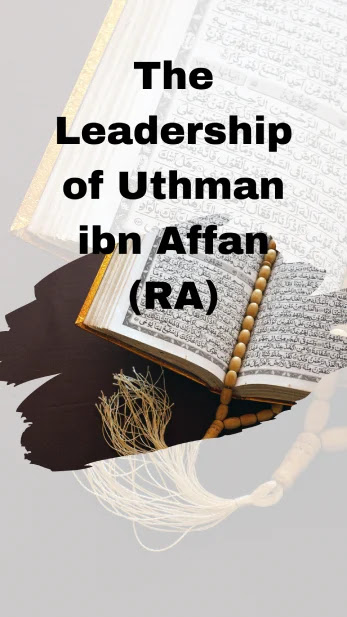The Story of Bilal ibn Rabah (RA): The First Mu'adhin

Introduction Bilal ibn Rabah (RA), an Ethiopian slave who rose to become one of the most revered figures in Islamic history, stands as a powerful symbol of faith, resilience, and the transformative power of Islam. His life story is not just a tale of personal triumph over adversity but also a testament to the inclusive and egalitarian nature of the early Muslim community under the leadership of the Prophet Muhammad (SAW). This comprehensive account of Bilal's life delves into his origins, his struggles, his role in the nascent Muslim community, and his enduring legacy as the first Mu'adhin (caller to prayer). Early Life and Background Birth and Enslavement Bilal ibn Rabah was born around 580 CE in Makkah. His mother, Hamama, was an Ethiopian slave, and Bilal inherited her status, which made him a slave as well. Despite his lowly status in the stratified society of pre-Islamic Arabia, Bilal was known for his strong character, intelligence, and striking appearance. Bilal ibn Ra...

